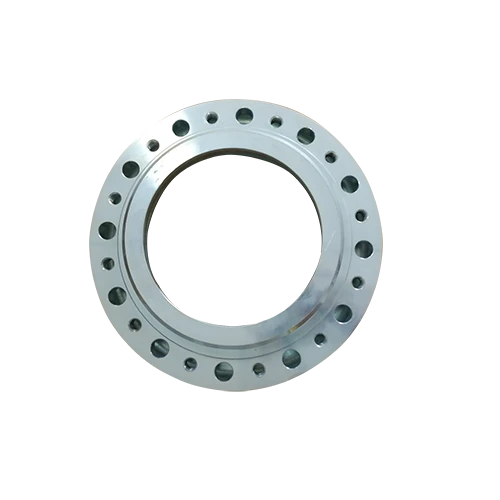Mobile:+86-311-808-126-83
Email:info@ydcastings.com
Understanding the Die Casting Process and Its Applications in Manufacturing
Understanding the Die Casting Process
Die casting is a highly efficient manufacturing process used to create precise metal parts and components. This method involves forcing molten metal into a mold cavity under high pressure, allowing for the production of intricate shapes with excellent surface finishes. Die casting is widely utilized in various industries, including automotive, aerospace, electronics, and consumer goods, owing to its capabilities of mass production, cost-effectiveness, and durability.
The Die Casting Process Explained
The die casting process can be broken down into several key stages preparation, injection, cooling, and ejection.
1. Preparation Before the die casting begins, the necessary materials and equipment must be prepared. This includes selecting the right metal, often aluminum, zinc, or magnesium, based on the application requirements. The die (or mold) itself must be designed to accommodate the specific part shape and have sufficient strength to withstand the molten metal's pressure. Mold release agents may also be applied to prevent the cast piece from sticking to the mold.
2. Injection In this stage, molten metal is injected into the mold at high pressure. The die casting machine features a chamber where the metal is heated until it becomes molten. Once ready, the molten metal is rapidly forced into the mold cavity through a nozzle. The high pressure used during this injection process ensures that the metal fills every detail of the mold, enabling the production of complex geometries and fine details in the cast part.
3. Cooling After the metal has been injected into the mold, it allows time for the metal to cool and solidify. The cooling time can vary depending on the type of metal used, the thickness of the part, and the design of the mold. Effective cooling is crucial, as it ensures that the part achieves its desired mechanical properties and dimensional accuracy. Cooling can be enhanced through the use of cooling channels embedded within the mold.
4. Ejection Once the metal has solidified, the die opens, and ejector pins push the finished part out of the mold. This process must be carefully managed to avoid damaging the part while ensuring it is released smoothly. Any excess metal, known as flash, may need to be trimmed off, and additional finishing processes may be employed to achieve the final desired appearance.
Advantages of Die Casting
what is die casting process

Die casting offers numerous advantages that make it a preferred choice for manufacturers. Here are some of the key benefits
- Precision Die casting produces components with high dimensional accuracy and consistent quality
. This is especially important in industries like automotive and aerospace, where precise tolerances are crucial.- Surface Finish The smooth surfaces resulting from die casting often require minimal machining, which can reduce production time and costs.
- Rapid Production Once the molds are created, die casting can produce large quantities of parts in a short amount of time, making it ideal for high-volume manufacturing.
- Material Efficiency Die casting minimizes waste by utilizing almost all the material, as excess metal can often be melted down and reused.
- Design Flexibility The die casting process accommodates complex shapes, enabling manufacturers to produce intricate designs that would be challenging or costly to achieve with other methods.
Applications of Die Casting
Die casting is prevalent in many industries, primarily in producing parts like engine components, housings, brackets, and intricate fittings. In the automotive industry, for example, it is used for making engine blocks, transmission cases, and various other structural components. In electronics, die casting allows for creating lightweight, durable housings for devices.
In conclusion, die casting is a versatile and effective manufacturing process that plays a crucial role in modern production. Its ability to produce high-precision parts with excellent surface finishes while optimizing material use makes it an indispensable method in various industrial applications. As technologies advance and industries evolve, die casting will continue to be a key player, adapting to meet the changing demands of manufacturers and consumers alike.
-
Impeller Technology That Powers Precision in Pump SystemsNewsMay.22,2025
-
Valve Durability Begins with Quality Cast Iron ComponentsNewsMay.22,2025
-
Performance Cooling with Advanced Automobile Water Pump SolutionsNewsMay.22,2025
-
How Motor Housing and Oil Pans Shape Engine PerformanceNewsMay.22,2025
-
How Metal Castings Drive Modern Manufacturing EfficiencyNewsMay.22,2025
-
Exploring the Engineering Behind Valve Body CastingsNewsMay.22,2025











